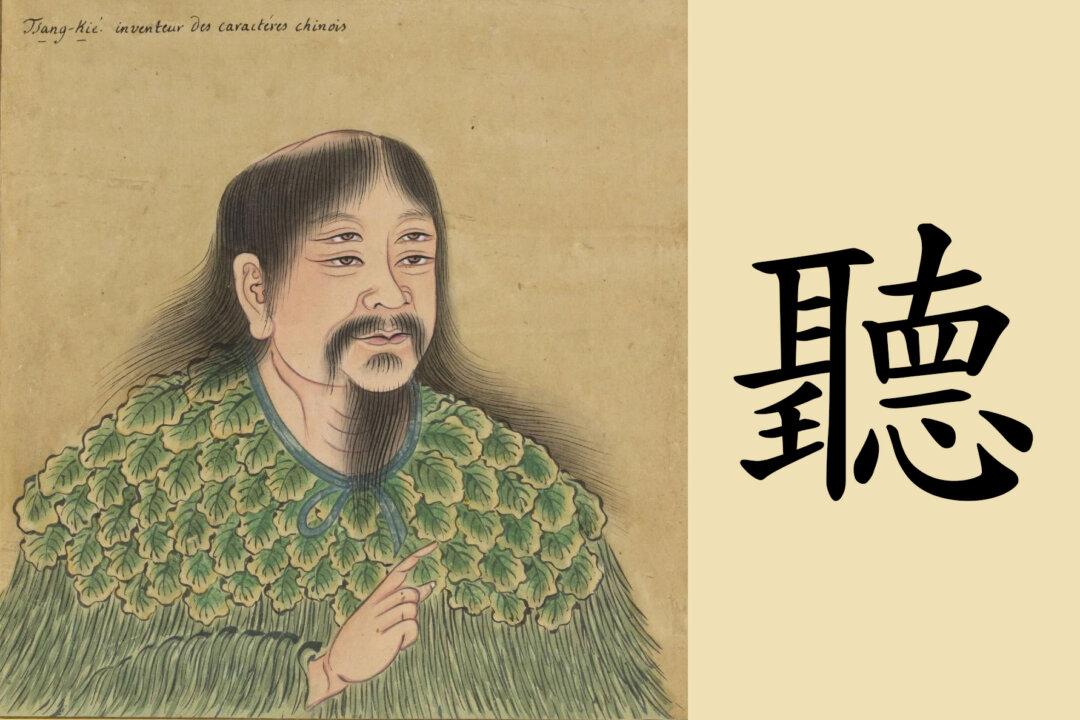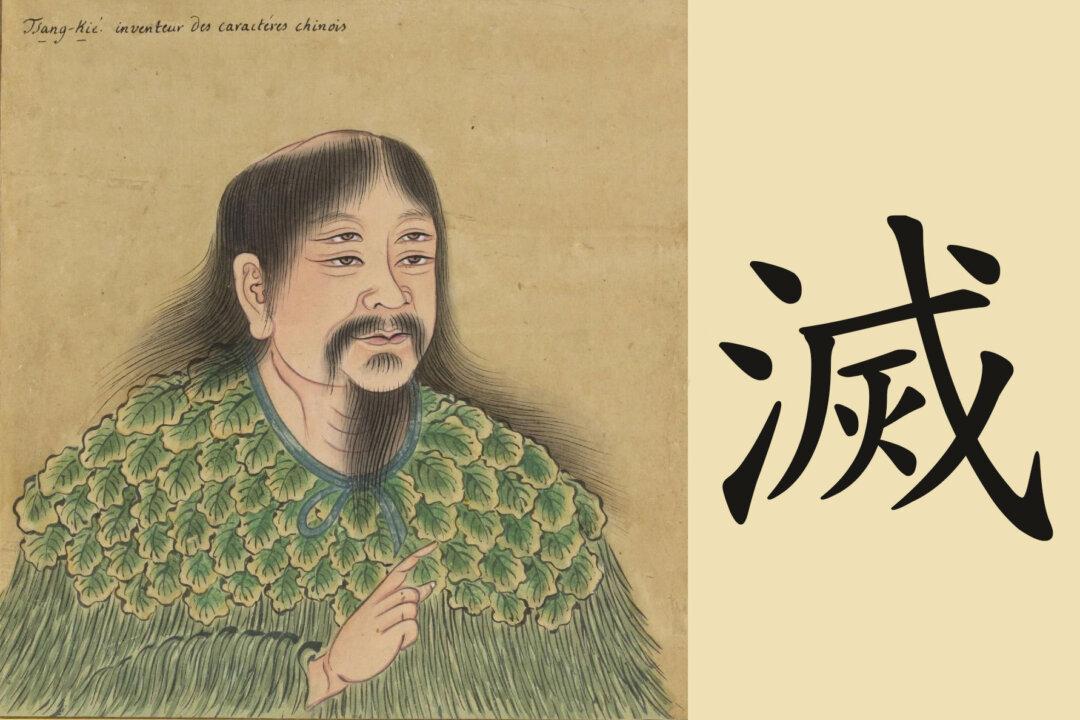We recently chatted with a French gentleman who works in Hong Kong, and he talked about what he had discovered about the profundity of the traditional Chinese character for listen.
This French friend had just attended an internal company training course. The trainer started with an elaborate explanation of the meaning of the Chinese character 聽 (ting), or listen.
On the left side is an ear, and on the right side there are four characters: 十 目 一 心 put together from top to bottom, they have the following meaning: 十 ten, 目 eye, 一 one, and 心 heart.
In listening, one does not only have to use the ears; one also has to use the eyes to make eye contact and use the heart to fully understand the subject. One listens with a concentration of the mind.
In explaining the beauty of the traditional Chinese character, the trainer wisely instilled this understanding in the students attending his training course.
Upon closer observation, you can see that the right part of the character 聽 is identical to the right part of the character 德 (de), meaning virtue.
Listening quietly to others, without interrupting them impatiently, is a type of virtue.
In ancient times, Chinese people called their land Shen Zhou, the land of the divine. Chinese traditional culture is a divinely-inspired culture, and legend has it that scholar Cangjie was sent down to China by the heavens.
Cangjie was born with four eyes, enabling him to see through all creations on earth. He is the person who created Chinese writing.
The simplified character for listen used in mainland China today, “听” has only a mouth, 口 on the left, while on the right side is 斤 a derivative of the character for hammer, 斧 from ancient oracles.
How could one listen with a mouth and a hammer? Thus, next time you see mainland Chinese visitors speaking loudly in public, won’t you feel sympathy for them? They are actually victims of communist rule; what they learn in school are simplified characters, severing the umbilical cord to traditional culture.
Edited by Sally Appert




